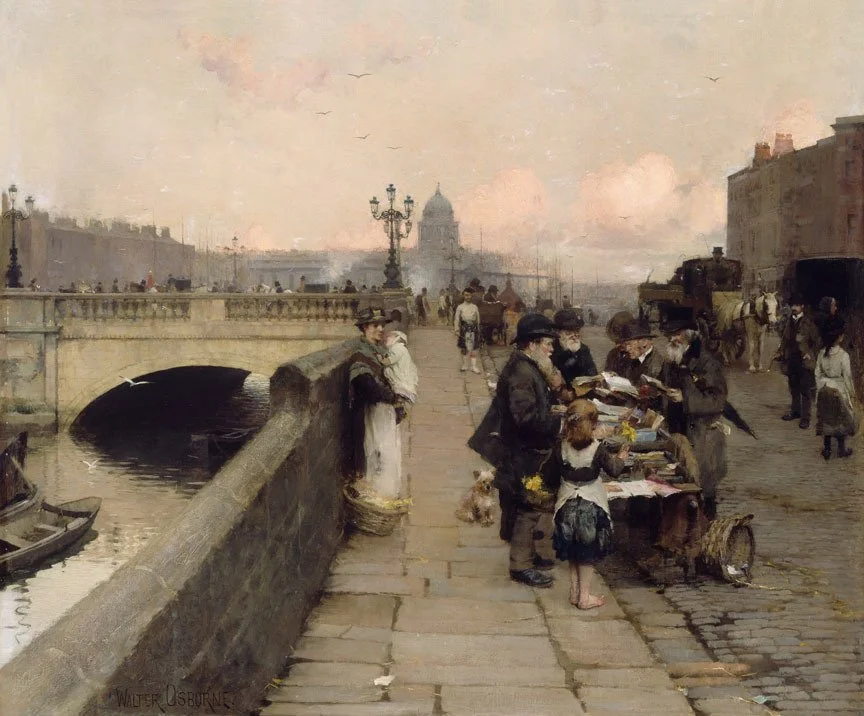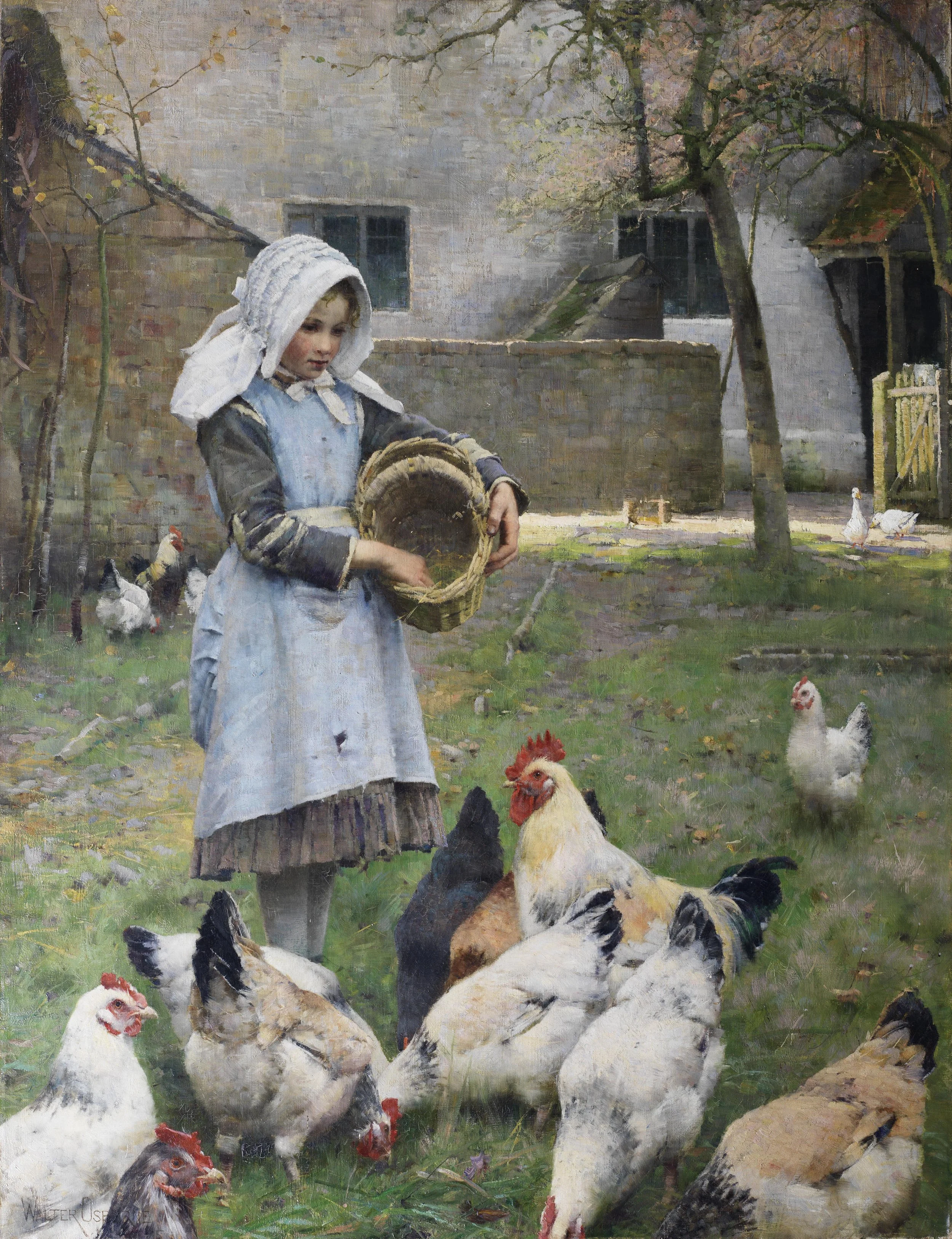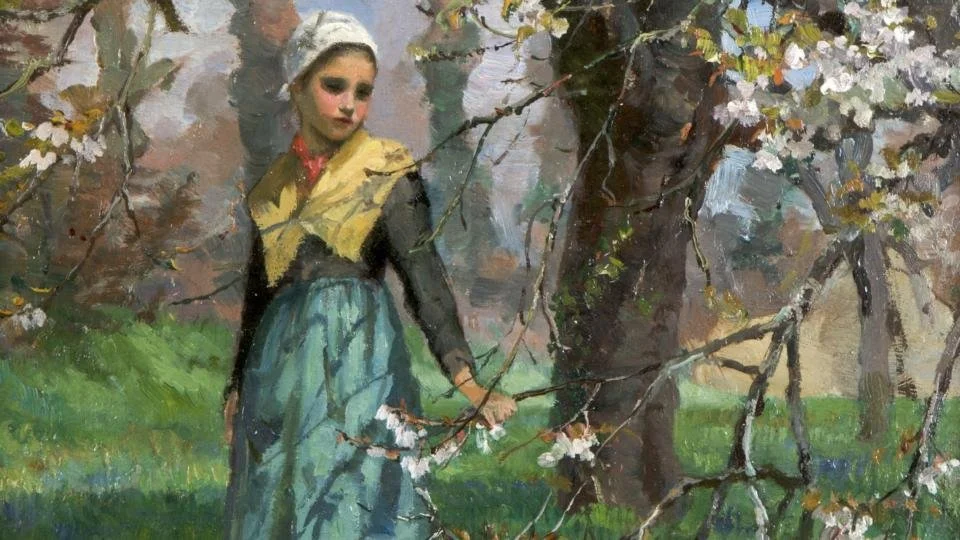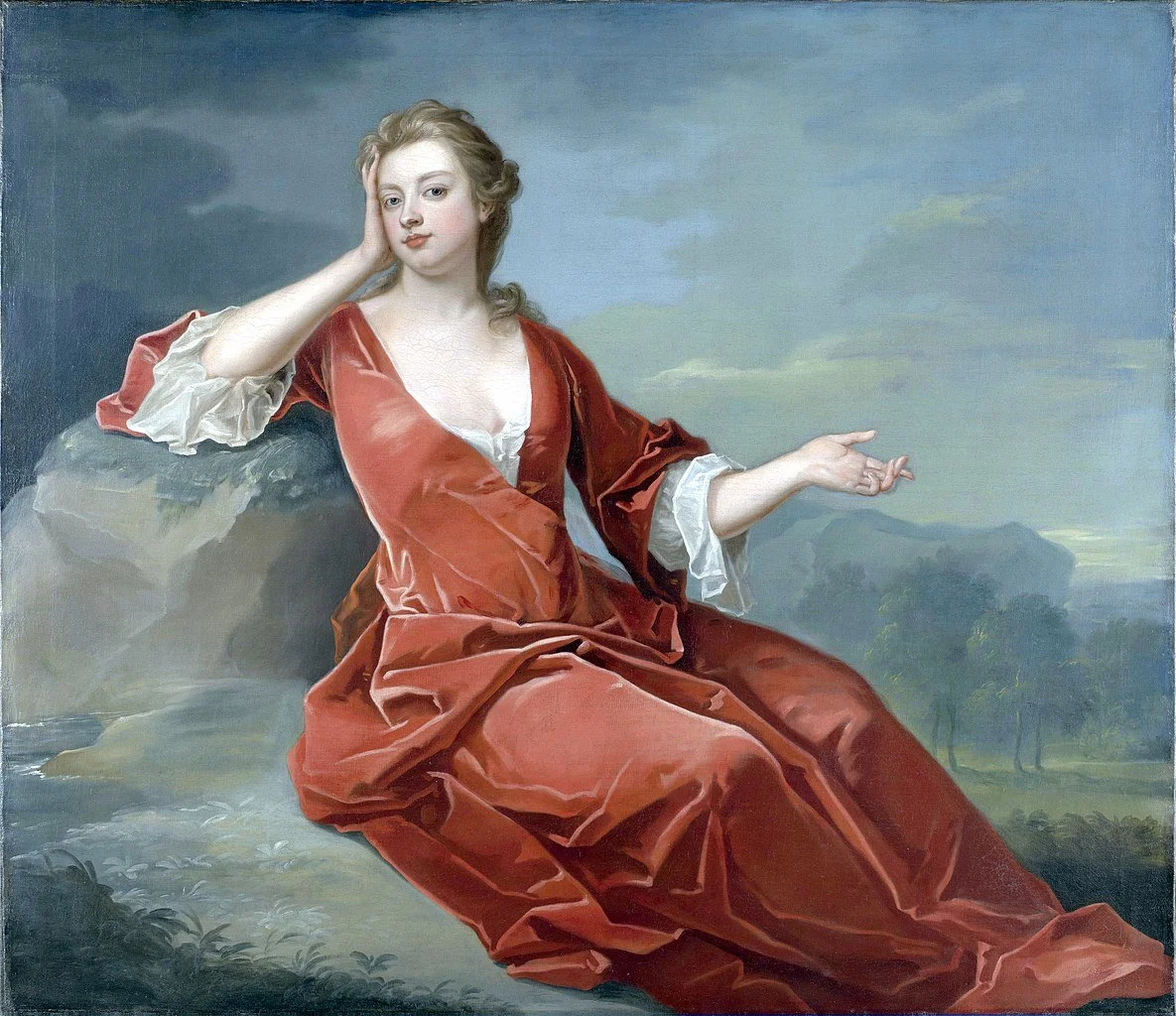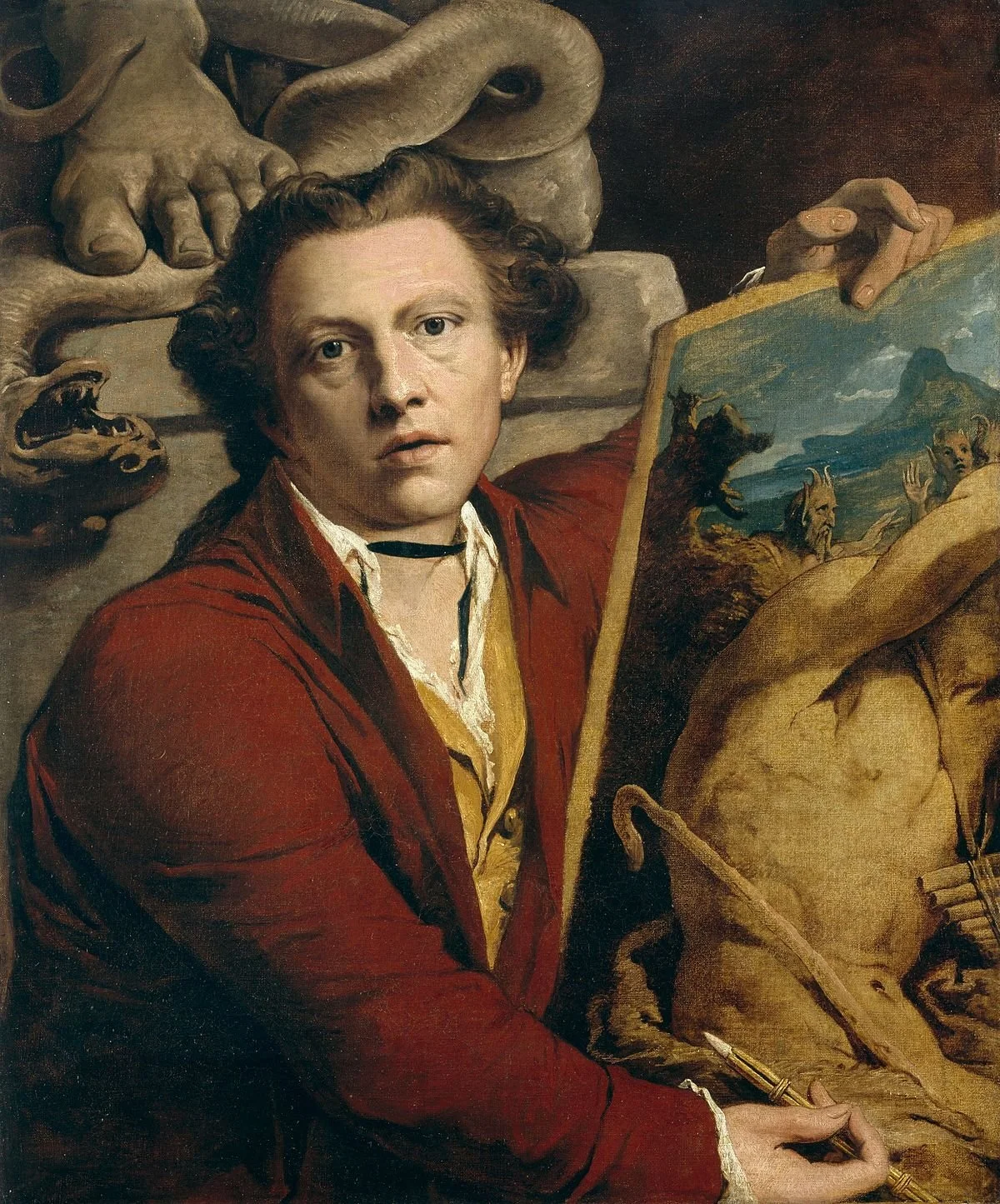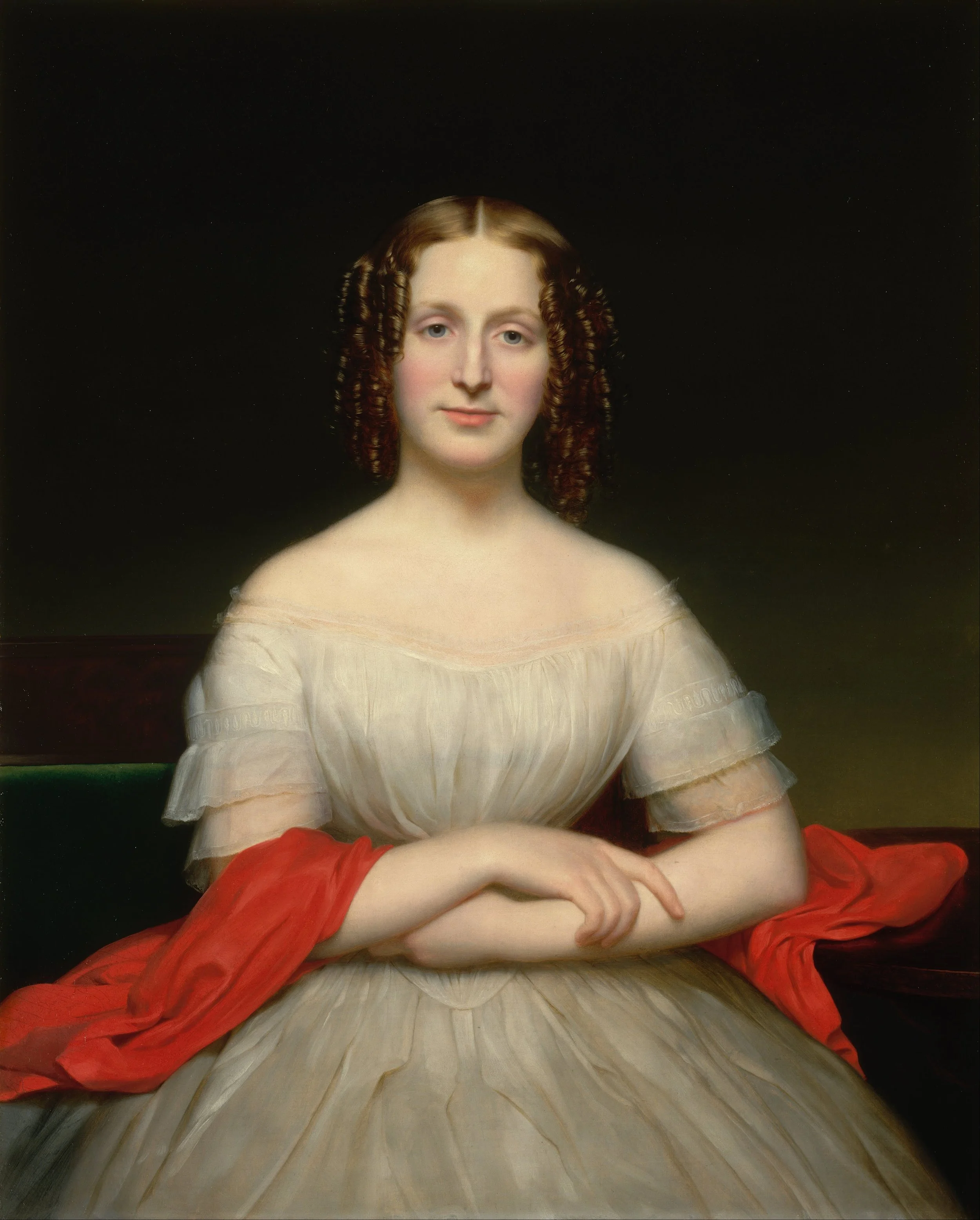Six pre-modern Irish artists you should know
1. Walter Osborne (1859-1903)
Osborne was an Irish landscape and portrait painter best known for his impressionist and Post-Impressionist documentary paintings of working class life in late 19th-century Dublin and across both rural Ireland and France. Like many of his contemporaries, Osborne travelled as a young man, spending time as an art student in Antwerp, rural England and Brittany; it was in Brittany that he became familiar with the style of the Impressionists. He died from pneumonia at the age of 43.
Osborne’s depictions of ordinary working people give us a glimpse into a world of both hardship and comradery towards the end of the 19th century. His painting ‘In a Dublin Park, Light and Shade’ (made around 1895) shows two old men, a young woman holding her baby, and a little boy all sitting next to each other on a bench. It is unclear what their relation is to each other: based on what they are wearing, it would seem that the little boy (barefoot and wearing ragged brown clothes) is there with his mother and younger sibling, since she also wears tattered clothes and stares forward with a gaunt, hardened look. The two men have very different attitudes: the man with a cane is dressed more smartly in a black cape and bowler hat, with a basket at his feet, whereas the other man hangs his head towards the floor with his arms crossed, as if curling in on himself (a pose suggestive of tiredness, or perhaps despair). Although the subject of this painting is seemingly simple and ordinary, the fact that we can ask so many questions about this painting is testament to Osborne’s artistic skills when documenting working class life in Ireland at the time.
Walter Osborne, In a Dublin Park, Light and Shade, c.1895, oil on canvas, 71 x 91 cm, National Gallery of Ireland, Dublin (Image: Wikipedia)
Walter Osborne, Dublin Streets: a Vendor of Books, 1889, oil on canvas, 80 x 90 cm, National Gallery of Ireland, Dublin (Image: Wikipedia)
Walter Osborne, Feeding the Chickens, 1885, oil on canvas, 91 x 71.5 cm, private collection, Ireland (Image: Wikipedia)
2. William Sadler (c.1782-1839)
Sadler was born around 1782 and grew up in Dublin. Many of his paintings depict dramatic landscapes and battle scenes, including - most famously - his painting The Battle of Waterloo (made in 1815). The scene is filled to the brim with action; swathes of battling soldiers can be seen from the foreground to far away in the distance. Interestingly, the central part of the painting is dedicated to a dense cloud of smoke, with crackling sparks of gunpowder flying above it. In the distance, we see this echoed in burning buildings dotted about the landscape. A tree to the left-hand side of the painting hangs limply over the scene, with a severed branch. Sadler’s depiction of this battle is full of noise, fury and chaos - we can almost hear the clanging of swords, cracking gunpowder and shrieks of soldiers.
William Sadler II, The Battle of Waterloo, 1815, oil on canvas, 81 x 177 cm, Rijksmuseum, Amsterdam (Image: Wikipedia)
3. Maria Dorothy Webb (1850-1920)
Born in Northern Ireland and then migrating to Dublin, Webb started exhibiting her work at the Royal Hibernian Academy (RHA) in Dublin in 1873. She went to Paris in 1880, where she was the student of Robert-Fleury (a French painter known for his historical scenes); women artists were not allowed entry into the RHA schools until the 1890s. In the following years Webb regularly visited Brittany; the paintings she made during this period were later exhibited in galleries in London, Dublin, Liverpool and at the Paris Salon in 1883-84. Webb and her husband Henry Harewood Robinson (who was also a painter) went on to be a central part of an artists’ group in St. Ives, Cornwall: their house served as a meeting place for friends and other painters.
Today, Webb’s works are extremely rare. Her paintings often depict young children in rural settings, with a focus on working life. One of her paintings, ‘Girl in an Orchard (Under the Apple Blossom)’, featured in ‘Irish Women Artists 1870-1970’, an exhibition held at St. Stephen’s Green, Dublin, in 2014, alongside works by the likes of Sarah Purser (1848-1943) and Margaret Clarke (1884-1961). You can watch a video introducing the exhibition and its artists here.
In the exhibition’s catalogue, Julian Campbell notes about Webb’s painting: “The small picture is a charming plein air scene of a Breton girl in an orchard, a popular subject in the period… Webb’s use of broken brushstrokes and her interest in dappled sunlight and shadow, suggest an interest in Impressionism at this time, particularly in Pissarro’s evocative pictures of peasant girls, dating from the early 1880’s.”
Maria Dorothy Webb, Girl in an Orchard (Under the Apple Blossom), oil on panel, 34.25 x 25.5 cm, private collection (Image: Irish Times)
4. Charles Jervas (c.1675-1739)
Jervas was born in Dublin around 1675, and lived in London from the mid-1690s where he trained with Sir Godfrey Kneller (a court painter to English and British monarchs from Charles II to George I). After his return from nine years travelling and living mainly in Rome, around 1709 Jervas established a successful portrait studio and painted for the likes of King George II, Queen Caroline and Prince William, Duke of Cumberland. His reputation as a painter waned during the 1730s, when he became better known for his literary translations of French, Spanish and Italian literature. Despite his artistic and literary eminence during his time, Jervas remains a relatively overlooked figure within both British and Irish art history.
His portrait of Lady Elizabeth Egerton, Countess of Bridgewater (1687-1714), is one of a number of portraits of Lady Elizabeth by Jervas. Jervas saw the beautiful young heiress as an ideal of feminine beauty (he claimed to be in love with her), and he used her features as templates for other portraits; in portraiture at the time, elegant composition and beautiful appearances were prioritised over individual likeness. English writer Horace Walpole explained that many women were ‘delighted to find [their] picture resemble Lady Bridgewater’. Lady Elizabeth married Scroop Egerton, 4th Duke of Bridgewater, at the age of 16; she had two children with him, and died in 1714 at the early age of 27.
Charles Jervas, Portrait of Lady Elizabeth Egerton, Countess of Bridgewater, date unknown, oil on canvas, 121 x 95.5 cm, private collection (Image: Christie’s)
Charles Jervas, Portrait of Sarah Churchill, Duchess of Marlborough, c.1700, oil on canvas, 135.5 × 156 cm, Government Art Collection, Marlborough House, London (Image: Wikipedia)
5. James Barry (1741-1806)
Barry was born in Cork in 1741, and as a young boy he was considered a prodigy at art schools in the city. In 1765, after working as an artist in Dublin for two years, Barry travelled abroad to Paris, Rome (where he stayed for three years), Florence, Bologna and Venice. During this period, he learned from the art of Raphael, Michelangelo, Titian and Leonardo da Vinci, among others, and developed his goal as an artist to return to the principles of classical art, as a means of reforming modern culture.
For the rest of his career, Barry mostly lived and worked in London. He is generally noted for being one of the early romantic painters working in Britain (he had a strong influence on William Blake), because of his firm desire to follow his own artistic principles rather than those of his patrons. He is most famously remembered for his series of six paintings, The Progress of Human Culture (1777-84), which has been described by art critic Andrew Graham-Dixon as ‘Britain’s late, great answer to the Sistine Chapel’. The six pictures can still be seen in situ in London in The Great Room of the Society for the Encouragement of Arts, Manufactures, and Commerce, in London. During the years of this commission, Barry lived without much income; in contrast to many of his contemporaries, who were becoming wealthy through regular portrait commissions.
In many ways, Barry went against the grain. He was Roman Catholic, with close ties to political radicals, and he openly advocated for a Grand Style history painting which challenged the status quo of his time. Having been elected as Professor of Painting at the Royal Academy in London in 1782, he used his lectures to criticise the institution’s policies, which eventually resulted in his expulsion from the Academy in 1799 (making him one of only two Academicians to have ever been expelled). Barry died in poverty in 1806, although he was still buried in St. Paul’s Cathedral next to Sir Joshua Reynolds.
James Barry, Self-Portrait, 1803, oil on canvas, 76 x 63 cm, National Gallery of Ireland, Dublin (Image: Wikipedia)
James Barry, The Distribution of Premiums in the Society of Arts (painting 5 of 6 in the series The Progress of Human Knowledge and Culture), 1777-1801, oil on canvas, 360 x 462 cm, Royal Society of Arts, London (Image: ArtUK)
6. Charles C. Ingham (1796-1863)
Ingham was an Irish portrait painter who went on to establish the New York National Academy of Design. Born in Dublin in 1796 or 1797, where he studied art as a young man, he then immigrated to the United States in 1816 or 1817. Once in New York, he became a top portrait painter of young women from the city’s upper class: over the course of twenty years, he painted over 200 portraits, including his well-known The Flower Girl (1846). His choice to depict a flower girl not only shows his familiarity with European paintings at the time which focused on street vendors, but also his passion for painting naturalistic flowers. The flower girl is shown holding a potted fuchsia in her right hand, which was both the symbol of love and the emblem of Flora, the Roman goddess of flowers and fertility.
Charles Ingham, The Flower Girl, 1846, oil on canvas, 91.4 x 72.1 cm, Met Museum, New York (Image: Met Museum)
Charles Ingham, Portrait of Fidelia Marshall, 1840, oil on canvas, 91.4 x 73.9 cm, Smithsonian American Art Museum, Washington D.C. (Image: Wikipedia)
If you like what we’re doing at Athena Art Foundation, please consider supporting us with a donation
(Written by Esme Garlake on behalf of Athena Art Foundation, September 2022)

